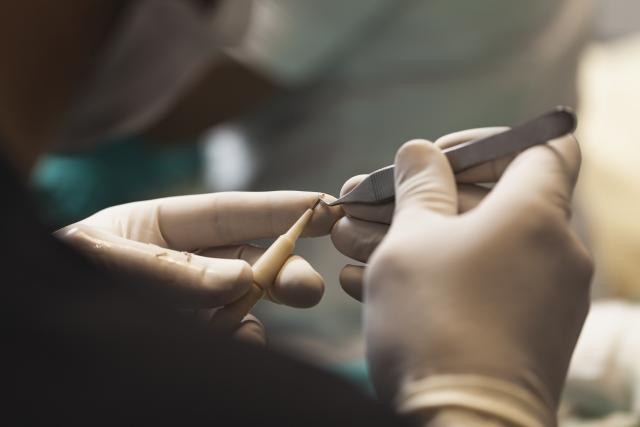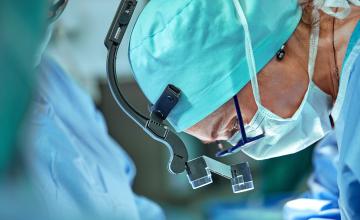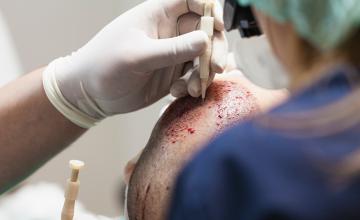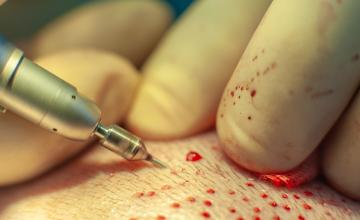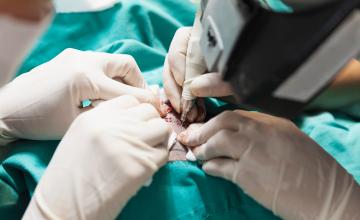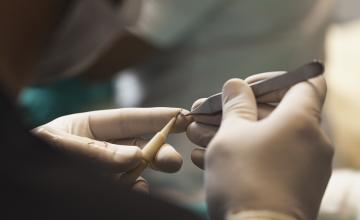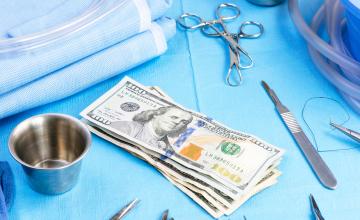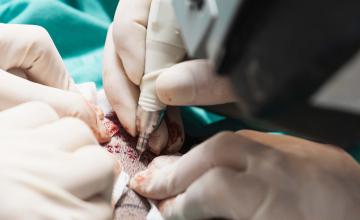We believe that patients have a right to full disclosure and a complete understanding of exactly what hair restoration surgery involves.
This step by step presentation shows how today’s state of the art follicular unit hair transplant procedure is typically performed.
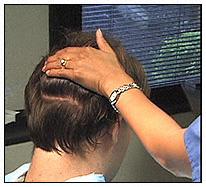
Patient is prepared for surgery
During surgery hair follicles from the back of the head that are genetically resistant to going bald will be removed and relocated (transplanted) to the balding areas.

Donor area is trimmed
Prior to surgery, the hair in donor area that will be surgically removed is trimmed.
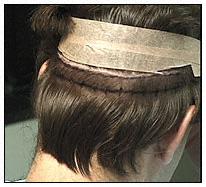
Donor area is prepared for surgery
Once the donor area has been prepared it is given local anesthesia.
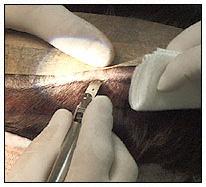
Donor tissue is removed
The donor tissue containing the bald resistant hair follicles is then surgically removed.

Donor area is sutured
The donor tissue containing the bald resistant hair follicles is then surgically removed.
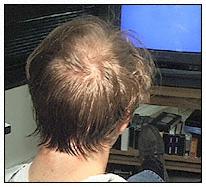
Hair combed over sutures
When patient’s hair is combed over the donor area the sutures are not visible. These sutures are typically removed approximately ten days after surgery.
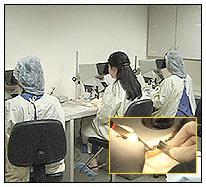
Donor tissue is trimmed into follicular unit grafts
Surgical technicians then use microscopes to view the donor tissue in order to dissect and prepare follicular units hair grafts.

Bald recipient area is prepared
After being given local anesthesia, the balding recipient area is ready for surgery. No trimming or shaving of hair is needed in the top recipient area.
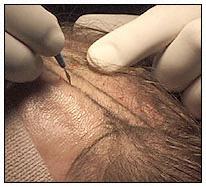
Incisions are made in the balding areas
Tiny incisions are made in the recipient areas in irregular patterns that mimic nature. The follicular unit grafts will then be placed carefully into these tiny incisions.
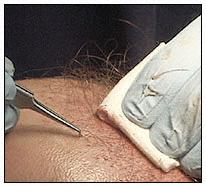
Grafts are placed into the incisions
Follicular unit grafts are gently placed into the recipient incisions.
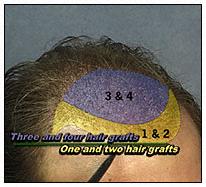
Grafts are placed in varying densities
Typically the smallest one and two hair grafts are placed in the very front of the hairline, with three and four hair grafts placed behind them.
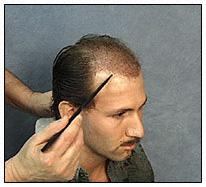
Patient immediately following surgery
Following surgery a patient will have hundreds of tiny incisions with short hair stubble showing from the new grafts.
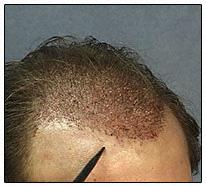
Close up of recipient area after surgery
The tiny graft incisions heal rapidly. The redness and scabbing in the recipient area normally clears up within about one week.
